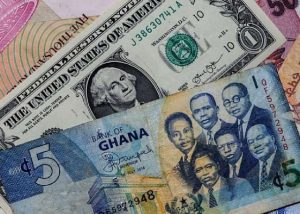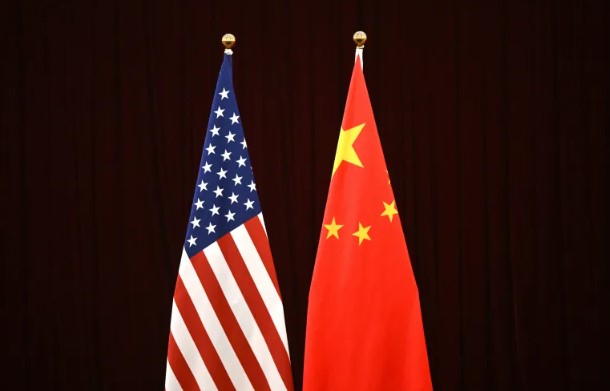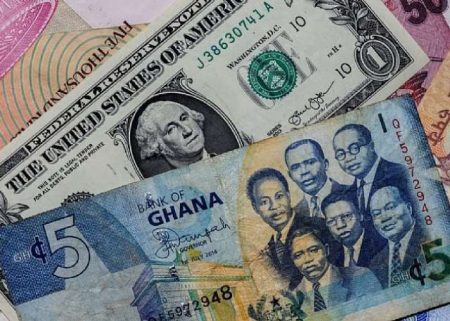The escalating trade tensions between China and the United States under the Trump administration have spilled over into the cultural sphere, with China taking decisive action to limit the influx of Hollywood films. This move, orchestrated by the China Film Administration (CFA), represents a strategic shift in China’s cultural landscape, prioritizing films from nations other than the U.S. The CFA has explicitly linked this decision to the ongoing trade dispute, accusing the U.S. of weaponizing tariffs and arguing that such actions will inevitably erode Chinese audiences’ appreciation for American cinema. This deliberate curtailment of Hollywood’s presence in the Chinese market serves as a potent symbol of the broader geopolitical friction between the two nations.
The CFA’s decision to reduce American film imports reflects a calculated response to what it perceives as unfair trade practices by the U.S. By limiting Hollywood’s access to the lucrative Chinese market, Beijing aims to exert pressure on Washington and signal its displeasure with the escalating tariff war. This move also aligns with China’s broader objective of fostering its domestic film industry and promoting cultural products from countries outside the U.S. sphere of influence. The CFA’s statement underscores the interconnectedness of trade and cultural exchange, highlighting how economic disputes can rapidly escalate into cultural tensions.
The implications of this cultural pivot are significant for both the American and Chinese film industries. For Hollywood studios, the reduced access to the Chinese market represents a substantial financial blow, potentially impacting revenue streams and limiting opportunities for global expansion. China has become a crucial market for Hollywood, with its burgeoning middle class and growing appetite for entertainment. Restricting access to this vast audience could force studios to rethink their distribution strategies and explore alternative markets.
For the Chinese film industry, the decreased competition from Hollywood presents both opportunities and challenges. While domestic filmmakers stand to gain a larger share of the local market, they also face the pressure of filling the void left by Hollywood blockbusters. This necessitates a concerted effort to produce high-quality films that can capture the attention of Chinese audiences and compete on an international level. The CFA’s move could serve as a catalyst for growth and innovation within the Chinese film industry, potentially leading to the emergence of new cinematic voices and styles.
Beyond the immediate economic and cultural consequences, the CFA’s decision highlights the growing interconnectedness of global politics and culture. The trade dispute between the U.S. and China has transcended purely economic concerns, spilling over into areas such as film and entertainment. This underscores the increasing tendency for nations to utilize cultural influence as a tool of soft power, leveraging their cultural products to advance their political and economic agendas. The CFA’s move can be interpreted as a strategic maneuver in this ongoing global power dynamic.
The future of Hollywood’s presence in China remains uncertain. While the CFA’s current stance signals a clear intention to reduce American film imports, the situation remains fluid and subject to the evolving dynamics of the U.S.-China relationship. Any resolution to the trade dispute could potentially pave the way for a normalization of cultural exchange, allowing Hollywood films to regain their foothold in the Chinese market. However, the CFA’s move has set a precedent, demonstrating China’s willingness to use cultural levers in response to perceived economic injustices. This suggests that even if the current trade tensions subside, the relationship between Hollywood and China may have been irrevocably altered, with a greater emphasis on promoting domestic and non-American films in the Chinese market. The long-term implications of this cultural shift will continue to unfold in the coming years, shaping the landscape of global cinema and underscoring the increasing entanglement of culture and politics in the 21st century.














